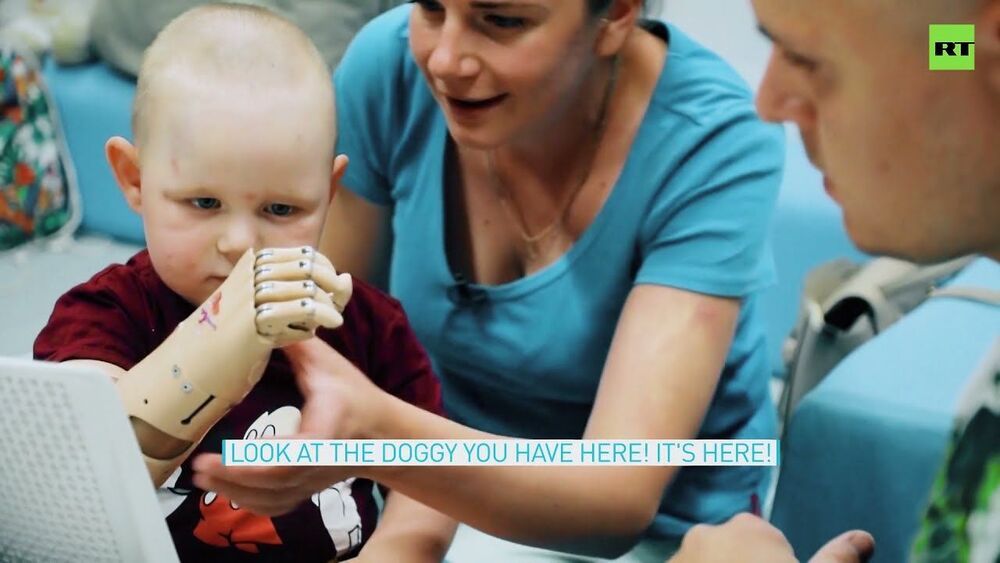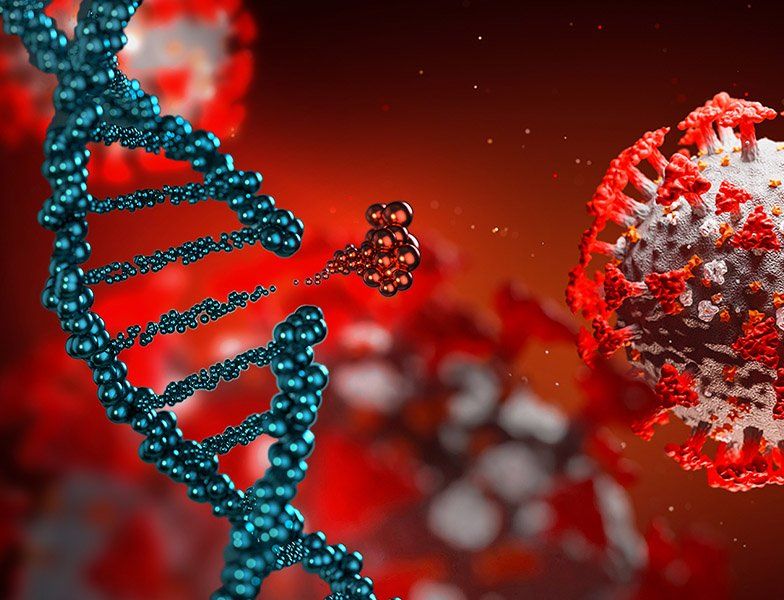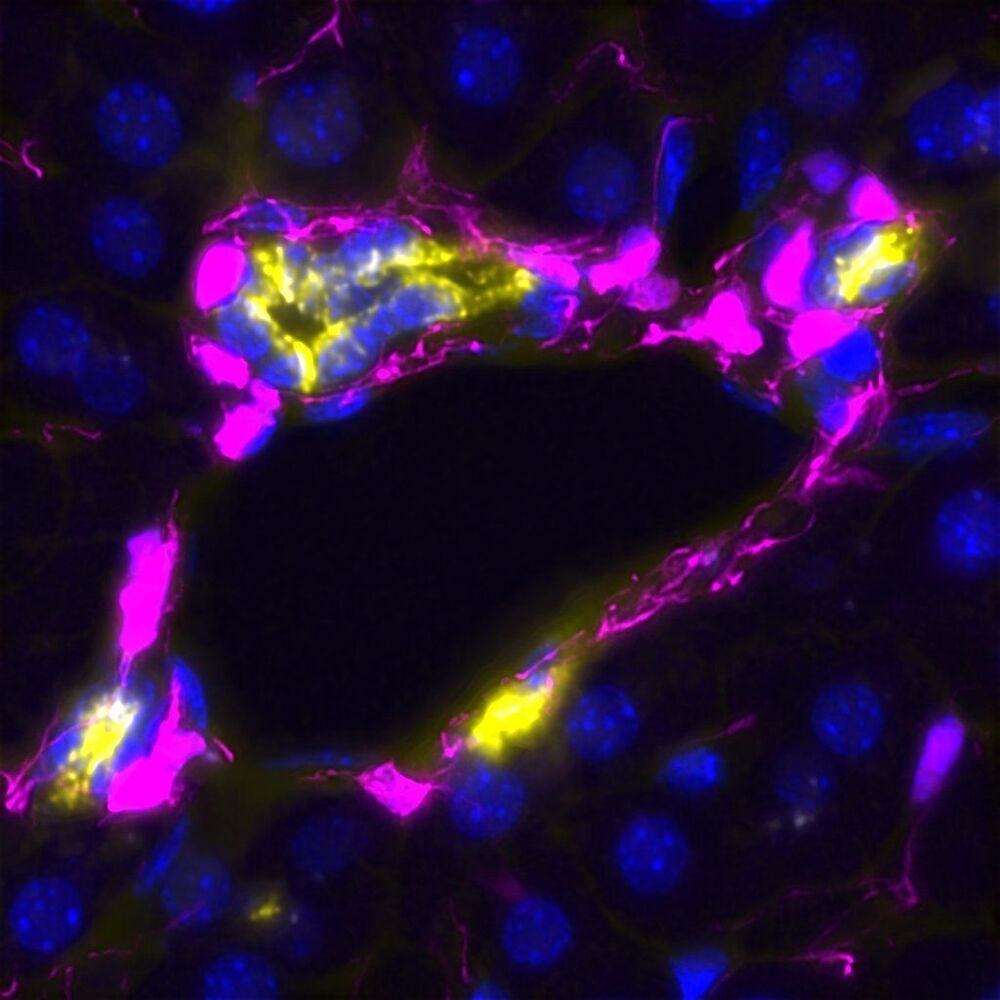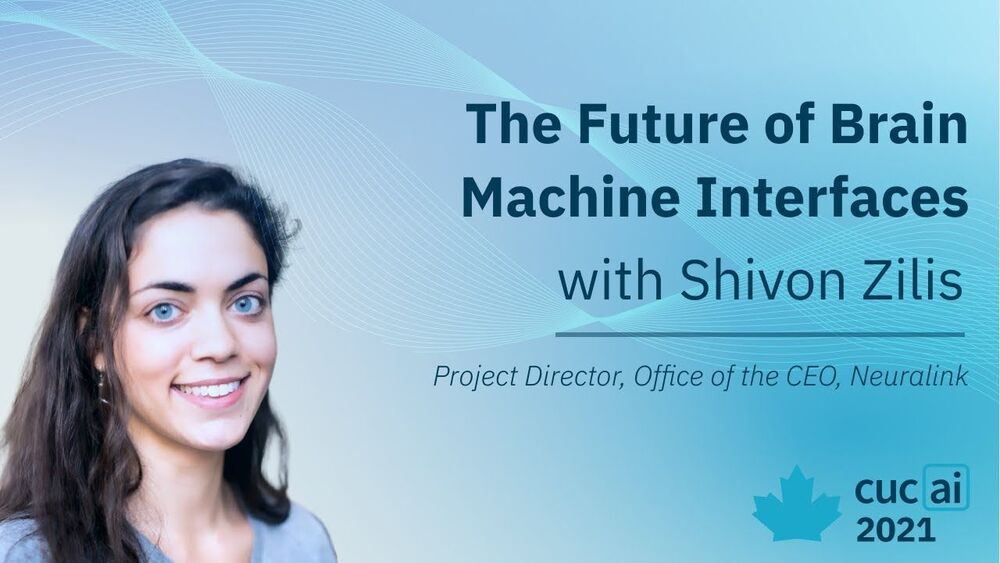Aug 3, 2021
Cracking one more layer of genetic code will finally enable personalized medicine, researcher says
Posted by Dan Kummer in categories: biotech/medical, chemistry, genetics
When the Human Genome Project reached its ambitious goal of mapping the entire human genome, it seemed the world was entering an era of personalized medicine, where evidence from our own specific genetic material would guide our care.
That was 2003, and nearly a generation after that spectacular collaborative achievement, we are still waiting for that promise to materialize. We may know that a person carries a gene associated with breast cancer, for example, but not whether that person will go on to develop the disease.
New research by McMaster University evolutionary biologist Rama Singh suggests the reason is that there is another, hidden layer that controls how genes interact, and how the many billions of possible combinations produce certain results. That layer is composed of largely uncharted biochemical pathways that control gene expression in cells through chemical reactions.


















